2017 Outlook: A New Era
Strong but Cautious Growth to Prevail in 2017 Amid New Uncertainties
By Samantha Goldberg
If 2016 taught us anything, it’s that nothing is certain. The past year came with its share of surprises—the results of the Brexit vote and the U.S. presidential election, to name just a couple—creating global economic uncertainty across industries. The real estate sector was no exception. Many investors took a more cautious approach, with real estate transaction volume down in each of the first three quarters of 2016, according to Real Capital Analytics Inc., following a record year of deals in 2015. Despite the jitters, the U.S. economy and real estate market continued to grow and strengthen, as they have since coming out of the Great Recession, and that will likely be the case again in 2017. But with the U.S. entering its eighth year of this recovery, how much longer can the good times roll?
Phasing out
 The U.S. is in the midst of the fourth-longest cycle in the nation’s history, hitting 89 months at the end of the year. This cycle far exceeds the average 58-month cycles seen since World War II, according to Emerging Trends in Real Estate, the annual report produced by PwC and the Urban Land Institute.
The U.S. is in the midst of the fourth-longest cycle in the nation’s history, hitting 89 months at the end of the year. This cycle far exceeds the average 58-month cycles seen since World War II, according to Emerging Trends in Real Estate, the annual report produced by PwC and the Urban Land Institute.
Now that we’re in the mature phase of the recovery, we can likely expect more moderate growth in 2017, “which has been the hallmark of this expansion that has now been seven years on,” said Andrew Nelson, chief economist, USA, for Colliers International. “We never really had a break-out year, but the growth has nonetheless continued for seven years and looks set to continue.”
Various economic metrics exemplify this modest growth. Despite some quarterly fluctuations, annual GDP and job growth has remained low in recent years, averaging about 2 percent and 1.7 percent, respectively, according to Emerging Trends. The economy also created an average of 180,000 jobs per month in 2016, compared with an average of 229,000 jobs per month in 2015, the Bureau of Labor Statistics noted. However, a tighter labor market was the main cause for the slowdown in job creation, noted Ryan Severino, JLL’s chief economist.
“If we’re not at full employment in the economy, we are very close to it,” he said, with the unemployment rate reaching 4.6 percent by year-end 2016, the lowest it’s been since August 2007.
This data combined with inflation remaining below the Federal Open Market Committee’s objective of 2 percent led interest rates to remain very low through most of 2016. But with a new administration in place that has announced plans to stimulate the economy through increased infrastructure spending, as well as tax and regulation reform, the Fed seemed to have some renewed optimism, deciding to raise interest rates in December for the first time in 2016.
Although details remain limited, “the new administration’s policy proposals have the potential to lift the economy out of the sluggish ‘new normal’ growth environment of the last seven years, at least in the near term,” noted Tom Park, senior director of strategy & research for TH Real Estate, an operating division of TIAA Global Asset Management. “The perception of stronger growth and an accommodative business climate will likely support commercial real estate in 2017, as corporations plan for future growth and the space to meet expected needs.”
While the rate increase might be concerning for some, it was only a modest 0.25 percent, and the market has historically adjusted to them in the past, Severino noted.
Interest rates already rose about 40 basis points in the weeks after the election, which was “a pretty clear reaction to expectations of greater inflation and likely coming interest rate hikes,” Nelson added.
Higher inflation should also help balance out higher interest rates, explained Jahn Brodwin, senior managing director at FTI Consulting Inc. He noted that many market participants have already planned for a rate hike, with some borrowers today incorporating higher rates into their underwriting.
“They look at what the market is going to look like when they’re going to sell, and they’re already anticipating that interest rates will be higher at that point,” he said.
Some real estate owners with short-term leases, such as multifamily, could also benefit from inflation by achieving higher rents. Office product owners, on the other hand, will likely not profit much since they tend to sign tenants to long-term leases.
Foreign attraction
The long-term expectation of continued economic growth and higher inflation makes U.S. real estate an attractive asset class due to its reputation as a “safe haven,” Brodwin noted.
Because the U.S. has more favorable fundamentals and greater stability than other countries, both domestic and foreign investors will continue to flock to U.S. real estate this year.
In the four quarters ending in June 2016, gross acquisition volume for foreign investors reached $75.4 billion, according to Real Capital Analytics. Prospects for foreign investment remain positive, although uncertainty lingers, as the new administration has discussed policies that could limit trade, which in turn could negatively impact real estate, particularly the industrial sector. But “that’s still pretty speculative,” Nelson noted.
Foreign investors will also continue to expand outside the gateway cities as they become more comfortable with the U.S. and its more risky B markets, Brodwin noted. This movement is also the result of core market prices being “at or above prior peaks,” Nelson added. Secondary markets with strong fundamentals may present less expensive options with more growth potential.
“We’ll see some geographic and asset-class shifts as investors continue to evaluate risk and anticipated returns,” noted Larry Heard, CEO of Transwestern. He added that while foreign investors tend to appreciate “the very largest, best gateway cities” like New York, Boston and San Francisco, they may start to look at the “next five to seven cities that have healthy job growth and population in-migration.” These cities include Atlanta, Dallas, Seattle and Denver, among others.
Despite pricing concerns in certain prime markets, though, overall pricing remains robust and cap rates are at historical lows across property types, with some upside potential, Severino noted, adding that “the spreads versus other asset classes are still pretty wide.”
Capital convenience
 The expectation for continued strong investor interest means the availability of capital should remain high for U.S. real estate, Heard noted, pointing to the potential for appreciation and solid current yields.
The expectation for continued strong investor interest means the availability of capital should remain high for U.S. real estate, Heard noted, pointing to the potential for appreciation and solid current yields.
However, capital availability in 2017 and beyond will also in part depend on any regulatory changes the Trump administration proposes, Nelson noted. Regulatory influence has taken hold in recent years as lending institutions have adapted their strategies to incorporate the Basel III requirements and in anticipation of the CMBS risk retention rules that took effect in late December. The result has been a more disciplined lending environment, with traditional capital sources favoring a “risk-off approach,” the PwC report noted.
CMBS issuance was expected to total $67.2 billion in 2016, down 29.3 percent from the previous year’s $95.1 billion and marking the first annual issuance decline since 2009, data provider Trepp reported. Projections for issuance in 2017 are only slightly improved, meaning other lenders, like life insurance companies and the housing-finance agencies, will likely see an increase in their origination volumes, the report added.
Donald Trump’s call to relax some of these regulations—including potentially repealing the Dodd-Frank Wall Street Reform and Consumer Protection Act—could change this dynamic. A more relaxed regulatory environment “could indeed increase the availability of capital,” Nelson noted, but it’s too early to know anything for certain. No matter the legislation, though, it’s clear that it will take a significant amount of time and negotiation before it goes into effect, surely beyond 2017.
Debt capital’s disciplined approach seems to have impacted the equity side, too, especially in the institutional investor area. While institutional holdings over the three years ending in June 2016 increased by 254 assets (3.6 percent) and portfolio value rose by $169 billion (50.2 percent), this level of activity is likely to slow in 2017, as many investors wait to see what policies are proposed and focus more on rationalizing their portfolios, Emerging Trends noted. This “risk-off approach” is likely to favor the larger coastal and Sun Belt markets, where capital can be deployed efficiently and liquidity is most available.
Over the past two to three years, REITs have also been focused on “less diversification and more concentration in specific markets or asset classes,” noted Steven Marks, managing director & head of U.S. REITs for Fitch Ratings. Recent notable activity includes Simon Property Group spinning off its Class B mall portfolio and Vornado its D.C. office portfolio. We’ll likely see further concentration through spinoff activity, Marks added, but not necessarily via mergers.
He explained that mergers are rarer for REITs than other corporate industrials, which often seek out consolidation when one firm’s earnings are lagging and it sees growth potential in combining with another company.
REITs “can grow more organically through development or redevelopment, so typically the pace or magnitude of corporate merger activity is much larger than REIT merger activity,” Marks said.
He also noted that Fitch expects to see further privatizations in the REIT space, as “the capital to fund these acquisitions or privatizations is relatively cheap, relatively plentiful, and REITs as a sector are trading at (net asset value) discounts.”
“There will always be some level of merger activity in the real estate industry,” Brodwin added, but he doesn’t expect any major event to take place to accelerate it “beyond its natural rate—not in 2017.”
Private equity investors remain more risk-favorable than some other equity sources in order to generate yields, Emerging Trends noted. As a result, they’re likely to pursue more value-add or opportunistic investments and direct capital toward the secondary and tertiary markets, as well as to non-core property types. There was also about $238 billion in “dry powder” ready for investment in real estate private funds worldwide as of June 2016, with more than half of the funds focused on North America—largely the U.S.—according to Prequin data.
“(Private equity) will be fairly creative and flexible capital for 2017, filling niches that core and core-plus investors are passing over at this point,” the report said.
 Slow-growth supply
Slow-growth supply
As investment capital generally adopts a more cautious approach, developers are starting to show similar restraint.
With stricter lending standards in place, new construction across the board grew but remained muted in 2016. Markets have been absorbing new space efficiently, but certain primary markets are seeing supply begin to catch up with demand. More than 60 percent of the 105 million-square-foot development pipeline is expected to deliver by the end of 2017, according to JLL’s third-quarter 2016 investment outlook, encouraging developers to be more selective about new projects.
This disciplined environment has also contributed to the length of the recovery and helped “ensure we do not become dramatically oversupplied in any one product type,” Heard said.
The multifamily sector might be the one caveat, as 2016 was the “high-water mark” for development in the sector, Severino said, adding that “it’s hard to envision 2017 exceeding the construction volumes of 2016.” Following several years of low vacancy rates, dropping from 7.1 percent in 2009 to 4.7 percent in 2015, and strong rent growth throughout the recovery, especially in gateway cities, gains are likely to moderate in the next few years, according to ULI’s October 2016 real estate consensus forecast.
The industrial sector has also been strong throughout the recovery, largely driven by the rapid growth of e-commerce and demand for logistics and distribution centers. The sector experienced 26 consecutive quarters of net occupancy gains and annual rent growth of 5.1 percent as of the third quarter of 2016, according to Cushman & Wakefield’s quarterly industrial market report. While new development will continue this year, it’s likely to moderate by year-end as “the absorption rate of new product is assessed,” Park said.
On the other hand, retail and office developers are likely to do more “tactical and infill (development) for the most part” because they are so tenant driven, he added. New office projects will probably be “the most challenging to secure financing for,” and having a credit anchor tenant will be a prerequisite for lenders, Heard said. As Millennials age and begin moving out of the cities, you could also see a “pop in select suburban office markets,” Brodwin noted. He said we’ll continue to see a move toward “suburban downtowns,” particularly those with amenities attractive to Millennials, like entertainment and access to transit.
Another good performer during the recovery has been the hospitality industry, driven by an improved economy and consumers having more income to spend on travel. The sector has seen record occupancy levels, but development growth in recent years has resulted in a slowdown in average daily rate (ADR), according to CBRE’s 2017 hospitality outlook. The firm projects a national ADR increase of 3.3 percent this year, a 1.7 percent increase from 2016, but the pace of growth has been falling since 2014. This trend, however, varies by market. In gateway cities like New York City, a lot of new supply has resulted in absorption issues, Brodwin said. A strong U.S. dollar has also had a bit of a negative impact on tourism, but because the lodging industry is a cyclical business, it will still be in demand.
A continuation of strong sector fundamentals and economic growth bodes well for the real estate industry in 2017, but a cloud of uncertainty still hangs overhead. The new administration is expected to propose policies unlike those of the past eight years, so we could reasonably see a more cautious, “wait-and-see” approach from real estate players, especially in the first part of the year. This could result in a “back-loaded year in terms of all activity,” Severino noted.
The length of this recovery is also a concern, and while many “don’t see any particular cause for alarm … eventually time runs out with these expansions,” Nelson added.
While how much time we have left in this cycle is anyone’s guess, changes the new administration has discussed that focus on stimulating the economy offer some optimism for the real estate industry.
“If the administration is able to put a lot of people (not reflected in the labor statistics) back to work, I think everything is going to improve when it comes to real estate,” Brodwin said. “We’ll need more office space, people will have more money to spend on retail, people will be buying homes or upgrading their apartments. … All of these ingredients spur the economy and make 2017 a good year for real estate.”
Originally appearing in the CPE-MHN Guide to 2017.

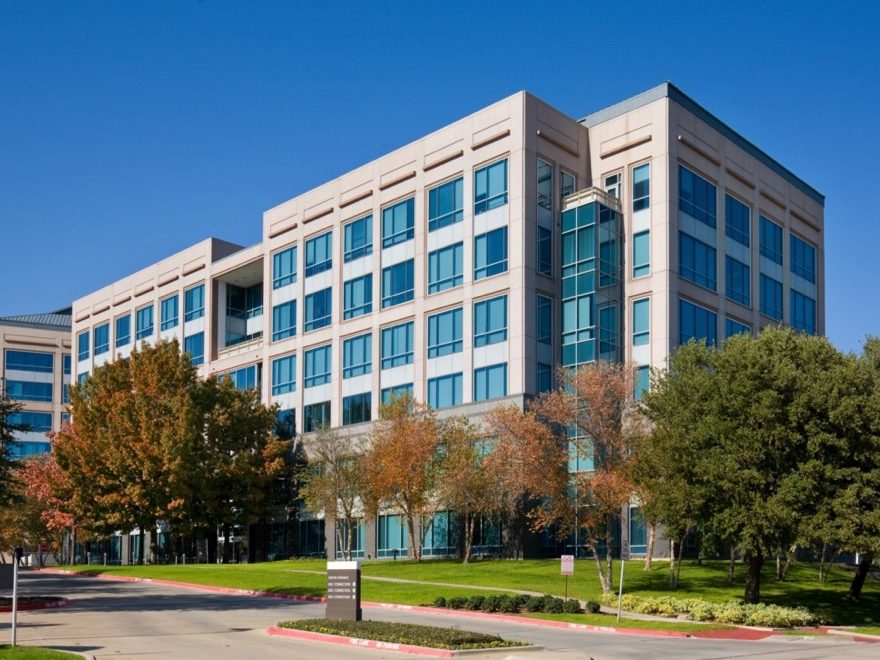
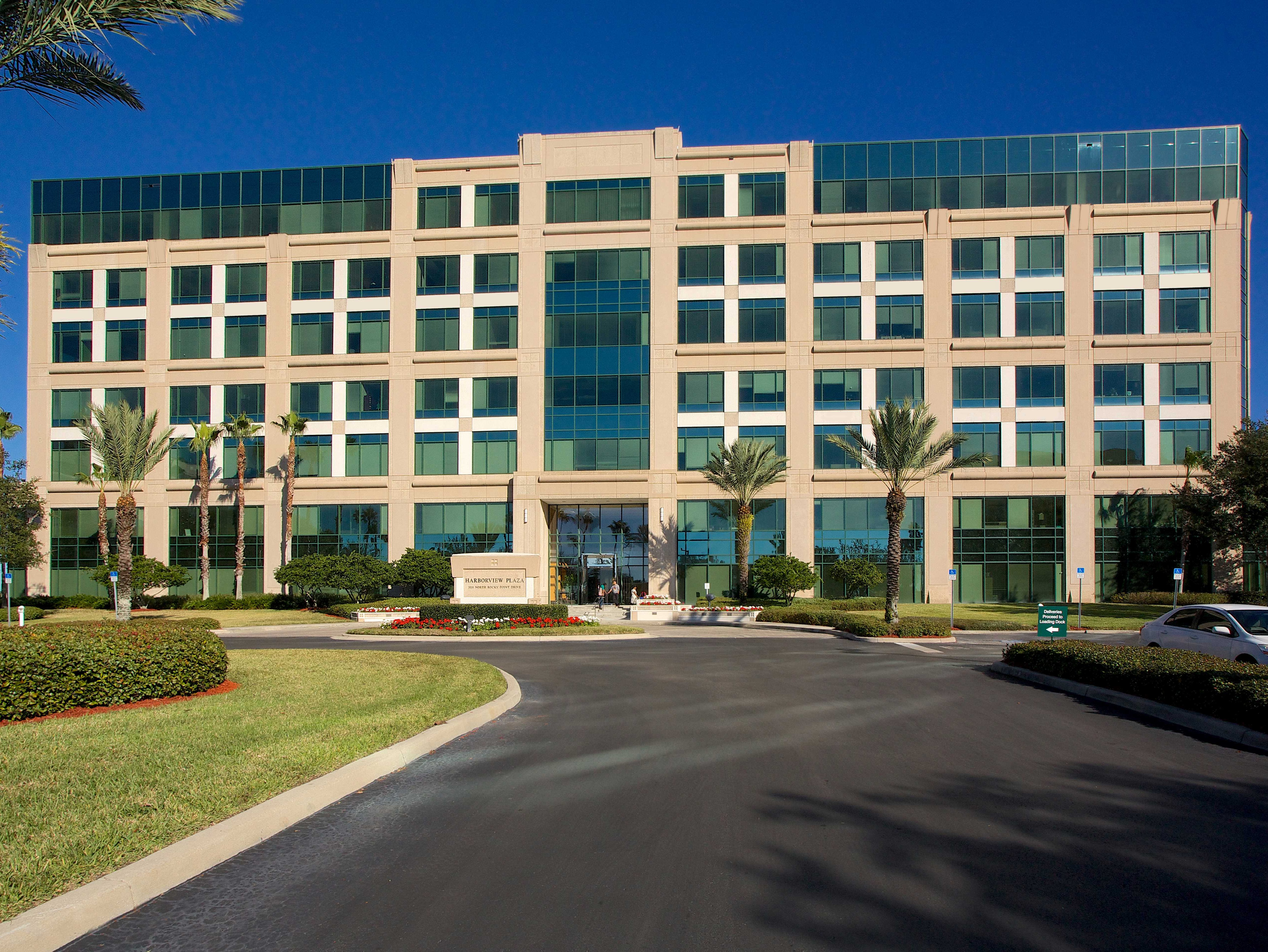
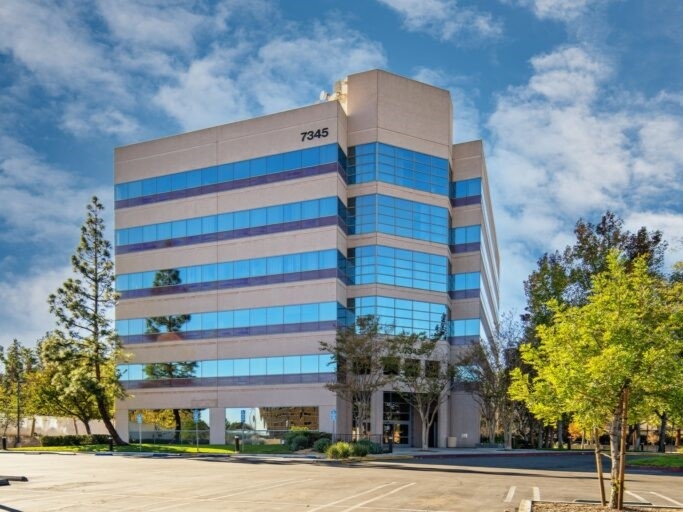
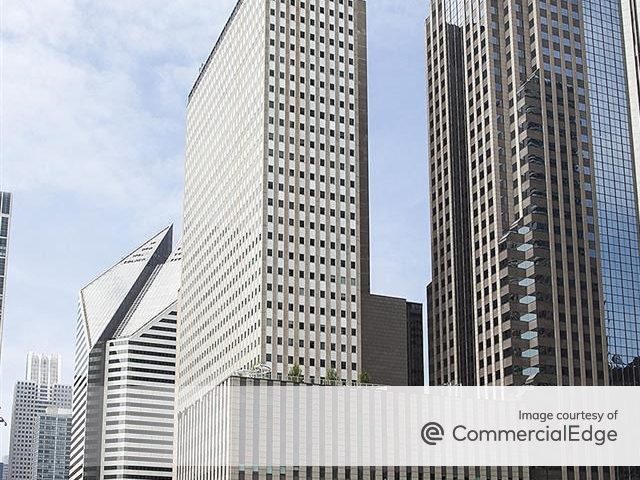

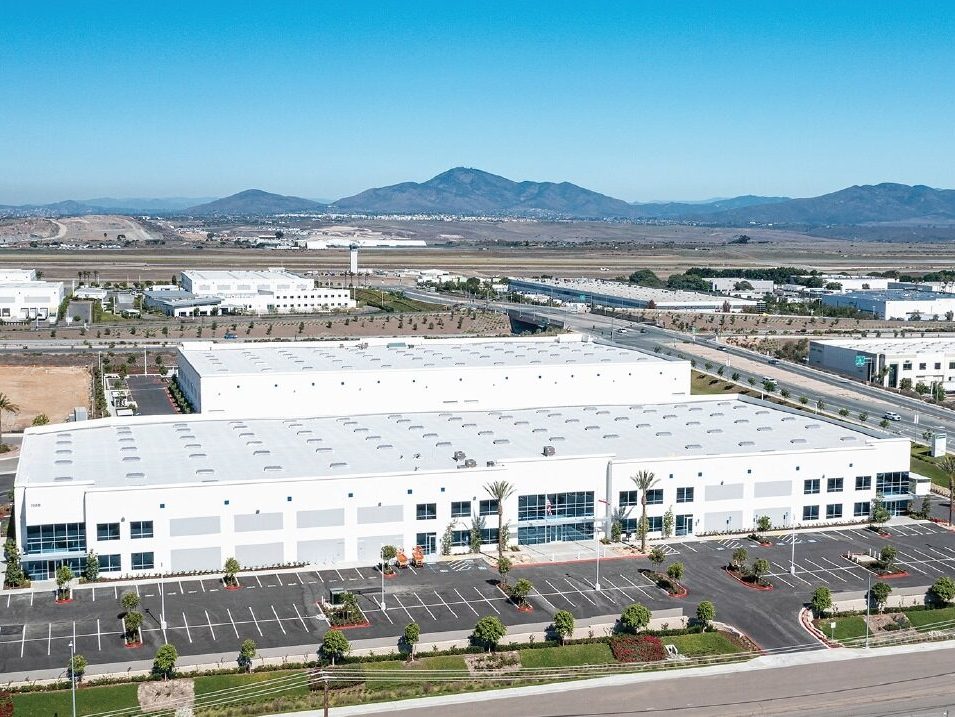
You must be logged in to post a comment.